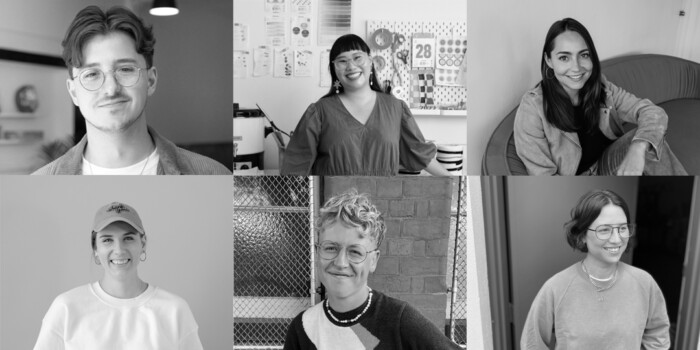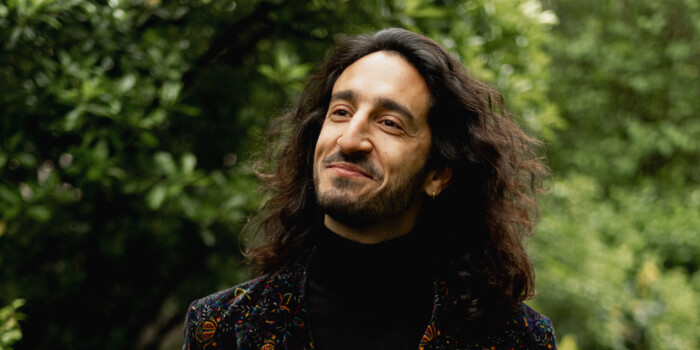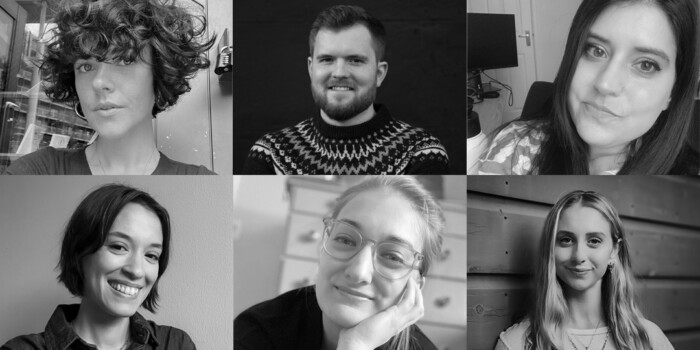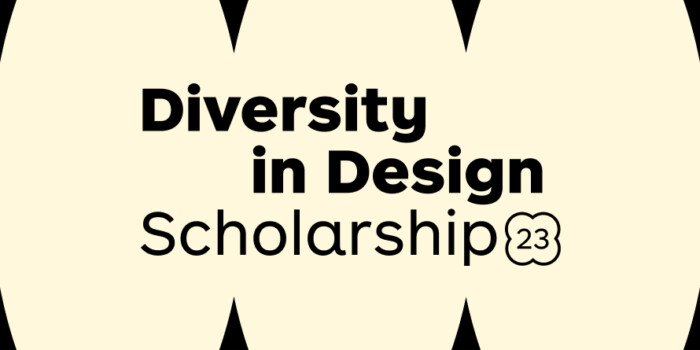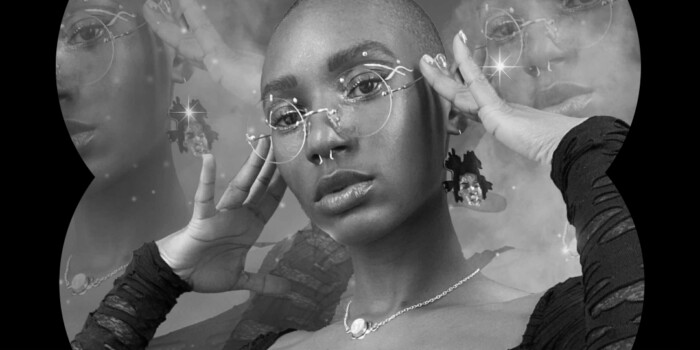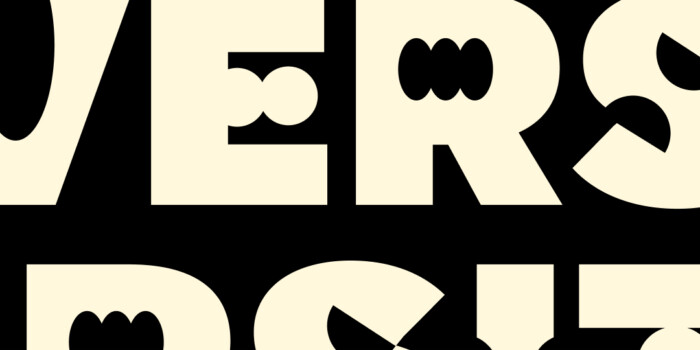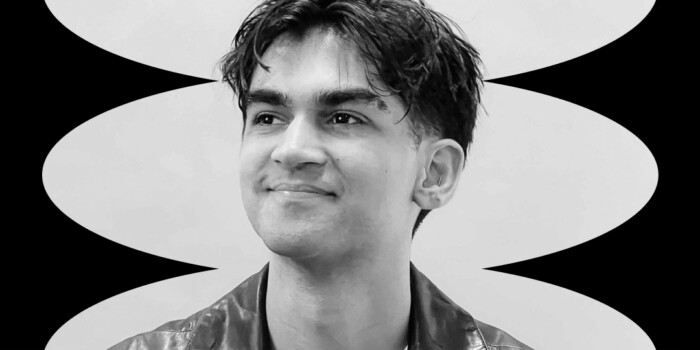Meet Danielle Hall, Shillington Sydney Graduate
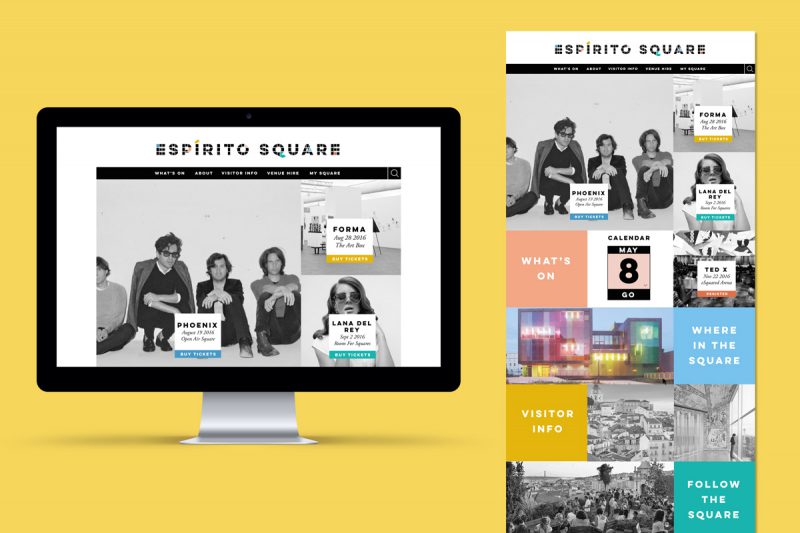 In 2015 Danielle Hall had a creative awakening. Lost and burnt out in her career, she decided to take the plunge and finally enrol at Shillington. Now working as a freelance designer, Danielle shares her experience as a full-time student, and gets real on the pros and cons of being your own boss.
In 2015 Danielle Hall had a creative awakening. Lost and burnt out in her career, she decided to take the plunge and finally enrol at Shillington. Now working as a freelance designer, Danielle shares her experience as a full-time student, and gets real on the pros and cons of being your own boss.
Tell us about your creative awakening. How was Shillington instrumental in making your career change into the design industry?
I’ve always been the creative dreamer kid. I studied art, ceramics and photography throughout High School and ended up studying an Advanced Diploma of Fashion Design straight after. I loved conceptualisation and illustration, but sewing was never my game. I decided to drop out and get a ‘real job’, and for 10 years I pushed away my inner creative dreamer kid, in order to be a responsible adult, pay the bills etc … I tried to get my creative fixes here and there by studying Floristry, and teaching myself other crafty/techy things, but it wasn’t enough.
What drew me to the course initially was the duration. 3 months to become a Graphic Designer? Uh, yes please! Being a mature-age student, I couldn’t commit to 2–3 years at university, so Shillington’s full-time course was like a knight in shining armour.
I woke up one morning in late 2015 and decided then and there that I was going to live the creative life I’d wanted for so long. I’ve always been interested in graphic design, and Shillington had been on my radar for over a year. It’s easily one of the best decisions I’ve made, and my heart thanks me daily. It’s not just about the timeframe of learning—when you graduate and get started in the industry, you really see the value in your time spent there. Shillington’s teaching approach simulates a studio environment and it’s been easy to adapt to working in a creative agency for this reason. It’s a pretty mind-blowing realisation, sitting down at a desk for the first time, knowing you’ve got all the tools to shine.
When you graduated in May, you decided to take the freelance route over working in a studio. How did you find work without an existing client base? Was there a standout project in your portfolio clients were drawn to?
I decided to take the freelance route after I graduated for a number of reasons, but mainly because I wanted to have a go at doing my own thing (after so many years of doing someone else’s thing). I have a lot of business admin/legal experience so was fully aware of what I needed to do, to set myself up. It just seemed like the natural thing. Word of mouth is a very powerful thing. Within 2 weeks of graduating I had my first client, and although it was a slow start, it started a wave of work that became enough for me to work from home.
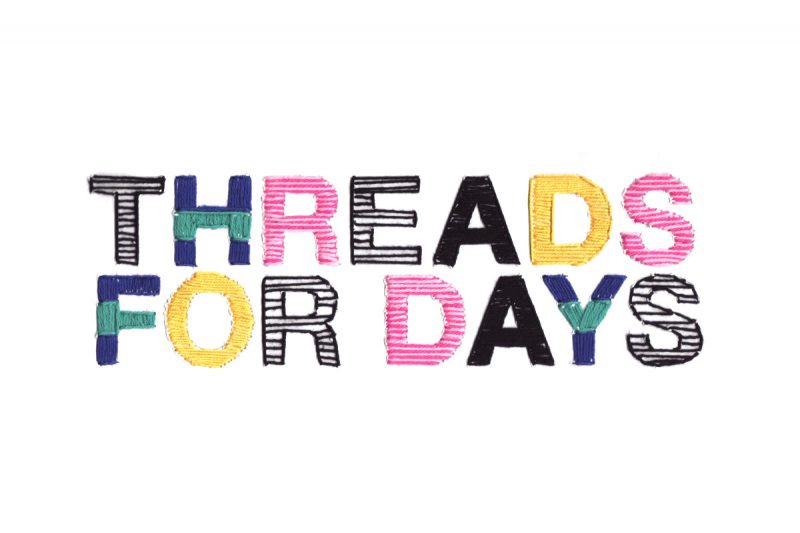
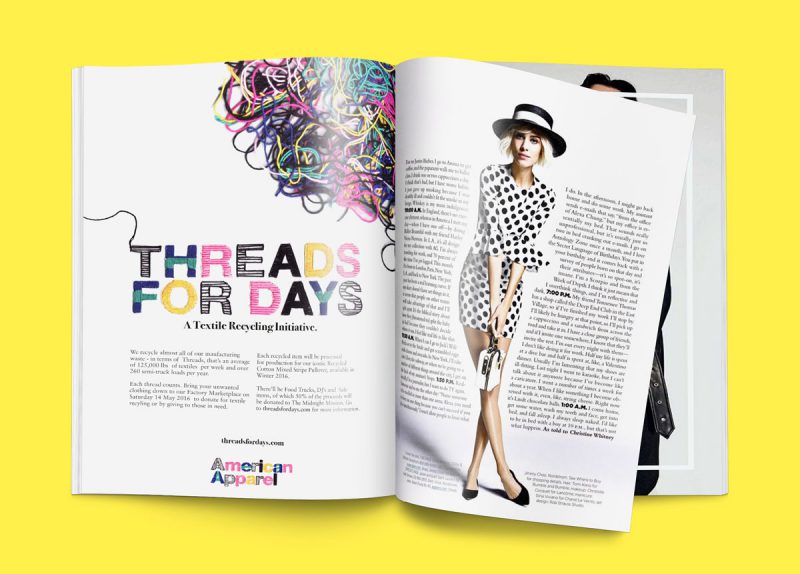
Each design brief at Shillington looks like real-life studio work—professional, polished, with every detail considered. I think it shows in every Shillington graduate’s portfolio. Easy standouts are my American Apparel campaign #threadsfordays and The Great Gatsby book cover. Clients are impressed with the level of dedication it took to create a handsewn Helvetica font, and make a giant kaleidoscope from scratch. Most clients think of graphic design as just ‘pixel pushing’, so handmade elements helped add another dimension to my portfolio.
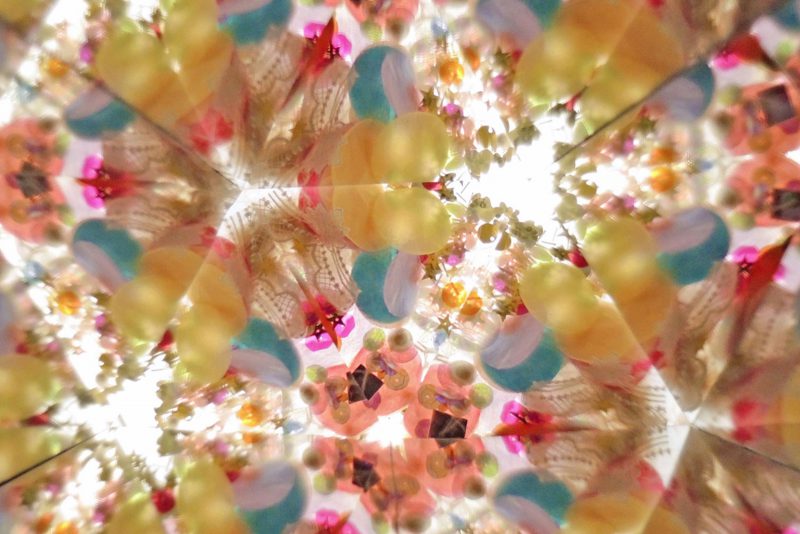 How do you deal with the pressure of earning a steady income vs. the uncertainty of working project-to-project as a freelance designer?
How do you deal with the pressure of earning a steady income vs. the uncertainty of working project-to-project as a freelance designer?
Not going to lie … it’s hard out there as a freelancer when you’re fresh out of design school. I was extremely fortunate to have my husband supporting me financially whilst studying, but even that was tough because he’s a freelancer too! What got me through the uncertainty was reading resources like Tess Guinery’s 11 tips to finding your feet in the industry.
My work week looks something like this: Beginning of the week—I work from home on my own projects, or freelance at a creative agency. End of the week—I work for Mecca Cosmetica. It’s not just about dollar signs—the social interaction has been really beneficial for my sanity which wouldn’t happen if I was sitting at home, waiting for work. I think it’s important for aspiring freelance designers to have this balance.
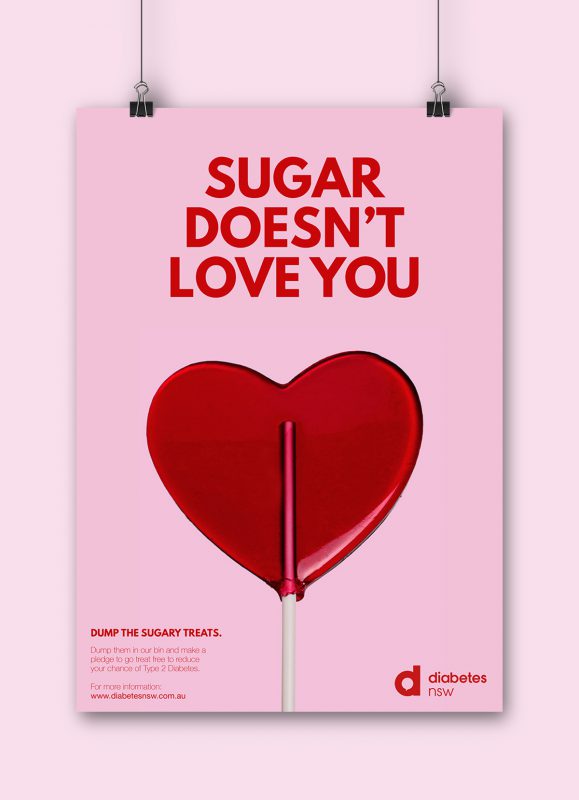
You recently landed a freelance role at Dream & Do through Instagram. Since social media goes hand-in-hand with your portfolio these days, what tips can you share on marketing yourself to employers?
Instagram is such a great tool for connecting creatives and clients. Not only did Dream & Do come across my crazy, bright Instagram—Jessica Walsh also answered my hard hitting question in her #jessicasamamondays series, which was pretty cool! If you’re a graduate like me and looking to build your following, here are some nuggets of gold to help you get started on social media:
1. When potential employers, collaborators or peers can see you for who you are on social media—they get a fairly good understanding of your outlook and whether you’re a perfect fit for their agency or project. I’m a big believer in “your vibe attracts your tribe”.
2. Creating a consistent aesthetic and tone of voice is vital to any brand, so apps like Panoloy and Latergram help you get it right every time. Some apps also allow you to check your analytics which gives you a great idea of the interaction your account has, and what people love to see.
3. Don’t be scared to comment and connect! Helping out Maricor | Maricar on their Marcs campaign, was well worth me blowing up their DM’s for the opportunity. I always use the disclaimer “Sorry if I’m being a Stage 5 Clinger right now”. It works!
4. Don’t forget about your other social media accounts. I recently connected with the founder of two bespoke jewellery brands in NYC—all because my Pinterest was on point. My account showcases my work, copywriting skills, inspiration, aesthetic and lifestyle.
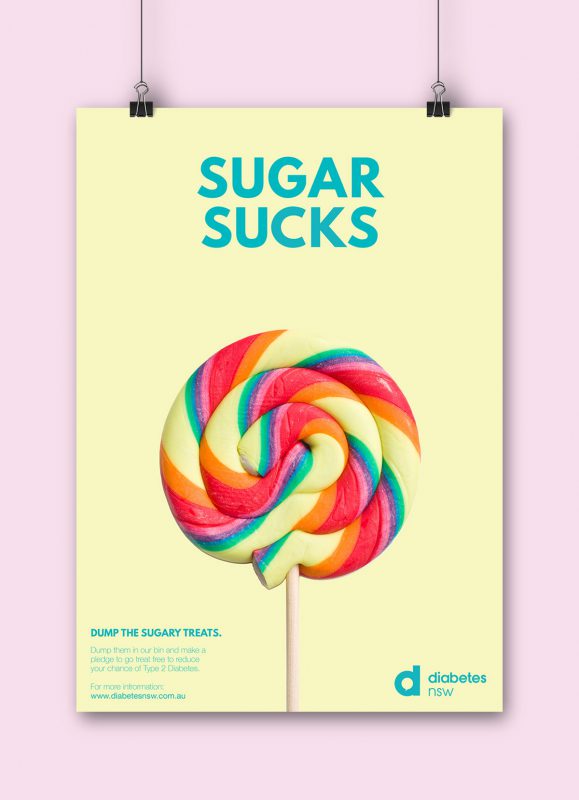
My first day at Dream & Do felt like I had worked there for years. I left the studio that day knowing that studying at Shillington, and the struggle of freelance was all worth it. Sharing a desk with like-minded women who are supportive, funny and cool—even though I’m relatively fresh to the game—only made me more confident in myself and my abilities.
What’s one piece of advice from your lecturers or a guest lecturer at Shillington, that’s stuck with you now that you’re working in the real world of design?
Only one piece? I could go on and on about the guest lecture from Paul Garbett. His talk really cemented a lot of things for me, and from that point on I knew I had made the right decision redesigning my career. I was already a big fan of the studio, but Paul presented real advice for design students that was like the ‘a-ha’ moment for all of us in class.
Being in the right environment is so empowering, and really allows you to be yourself.
Paul’s “Fill Your Well” advice helped me so much—especially during a time that I was really struggling to get conceptual in class. “Stay switched on. Gathering all your research and inspiration makes your creative process so much richer. If you’re feeling stuck, you can always delve into your well and explore.” My whole design process evolved from that point onwards, and I’ve opened my mind up to so much more than ‘fashion labels’ and ‘minimalism’. This was the extra push I needed, alongside my teachers pushing me to challenge my thought process by thinking outside of the box, and outside of myself.
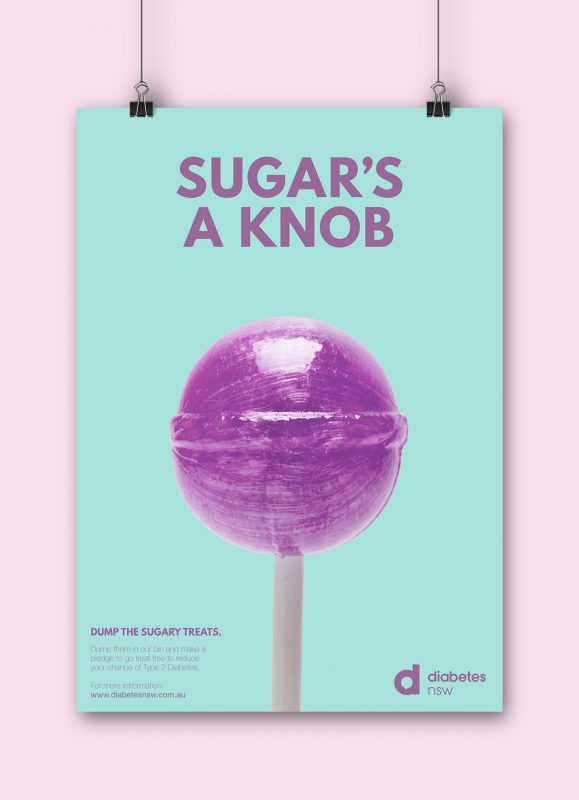
What’s your creative New Year’s resolution. What should we all be practising in 2017?
2016 was about taking a gigantic leap into the unknown, and the quote I kept telling myself was “Say yes and you’ll figure it out afterward”—Tina Fey. I’m a control freak by nature and generally plan everything down to the last detail. This quote got me through those moments of spontaneity. Saying ‘yes’ is powerful … if I hadn’t of said ‘yes’ to so many things this year, I would be somewhere entirely different. My creative New Year’s resolution is to “live it, love it, learn it”. Immerse yourself in your craft!
For good vibes and plenty of design inspiration, follow Danielle on Pinterest and Twitter, and don’t forget to check out her full portfolio on her website.
If you want to live the creative life you’ve always dreamed about—join us at our upcoming Grad Panel. Hear first-hand how six graduates changed their career, by studying 3 months full-time, and 9 months part-time at Shillington. Classes at our Australian campuses start in February. Secure your enrolment today –> www.shillingtoneducation.com
Want to win some amazing prizes and stay in the loop with all things Shillington? Sign up to our newsletter to automatically go in the draw.

